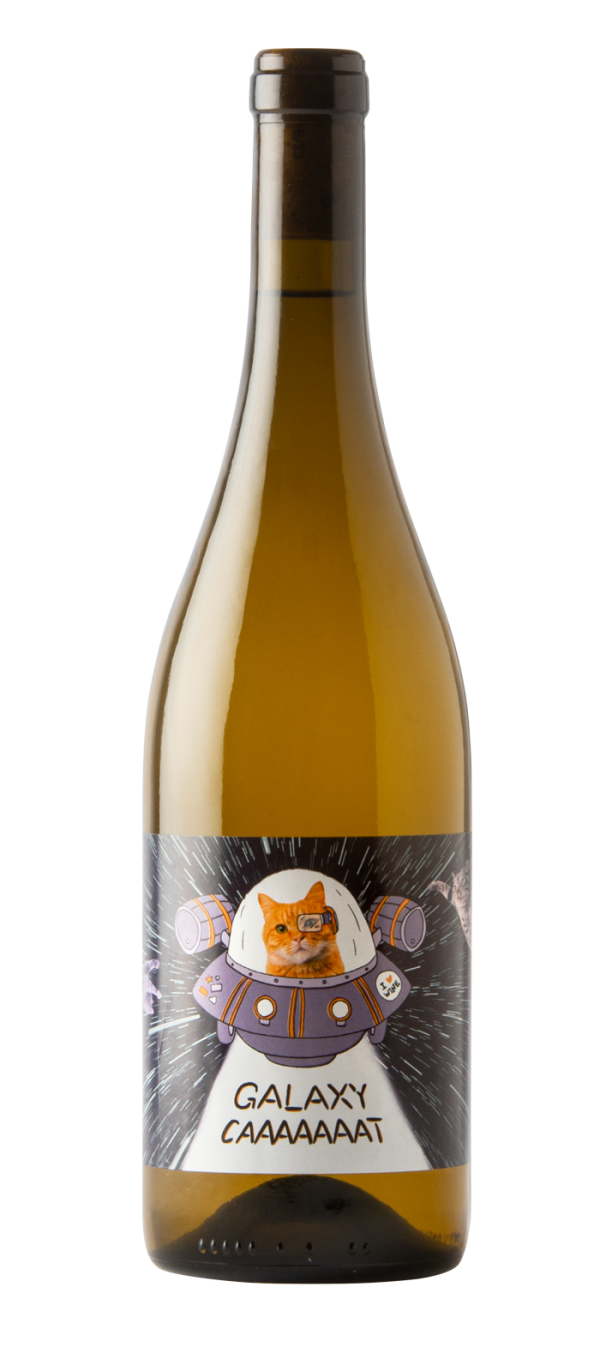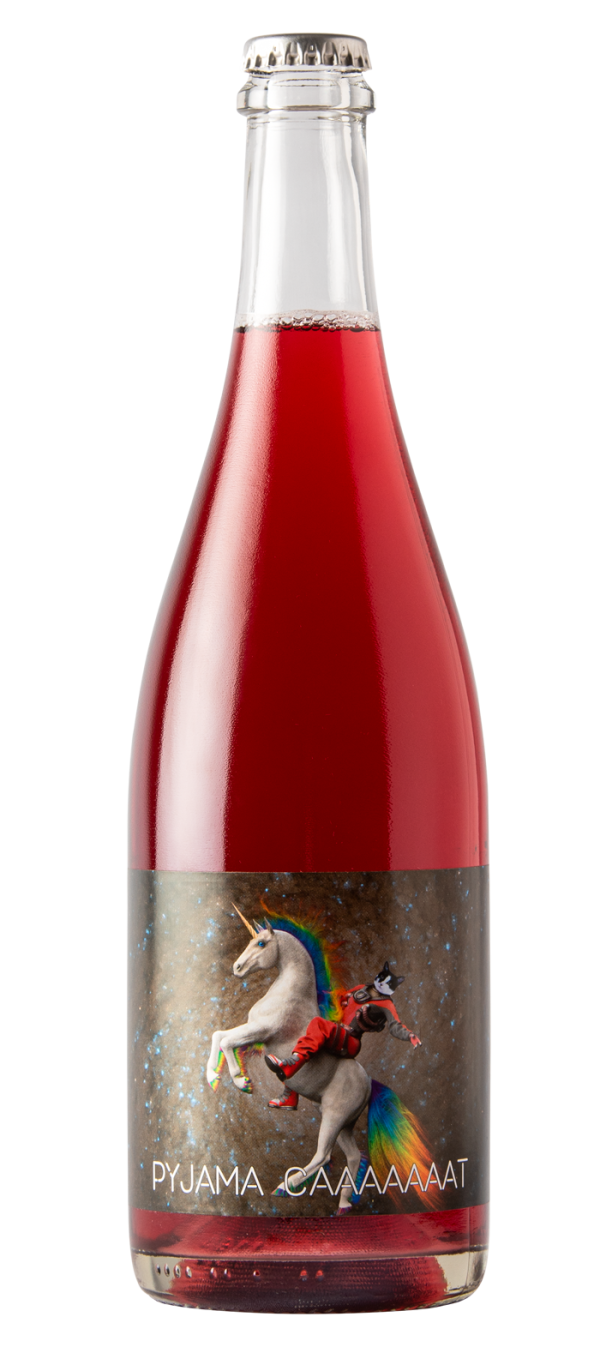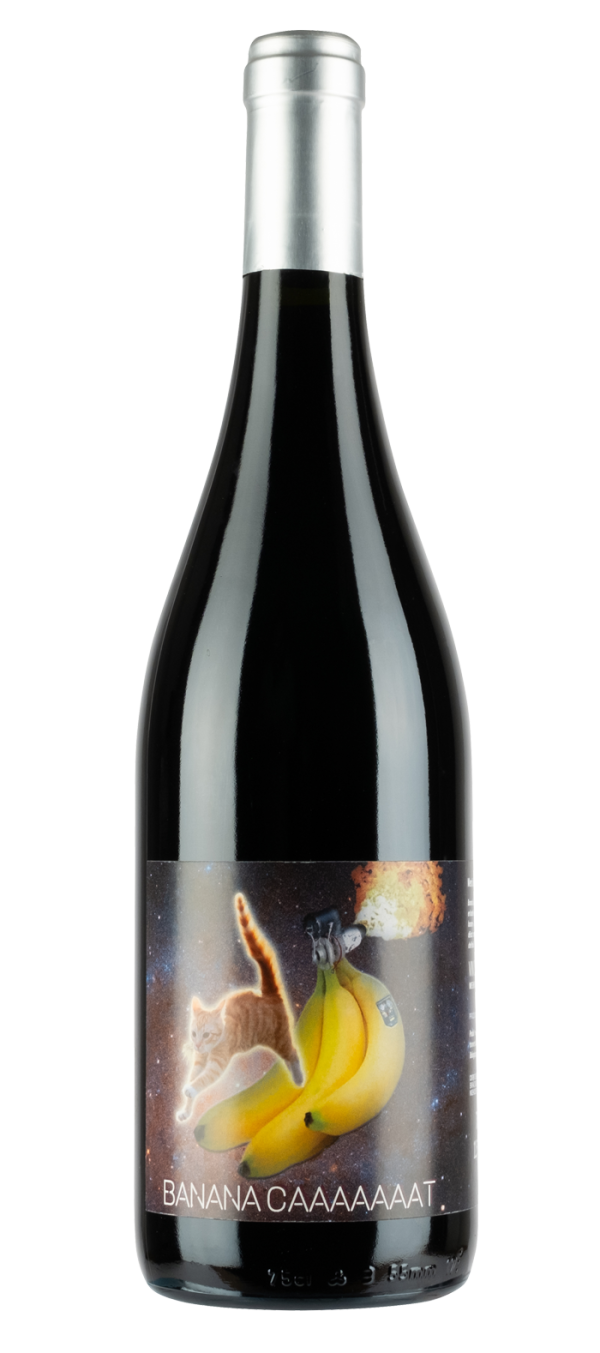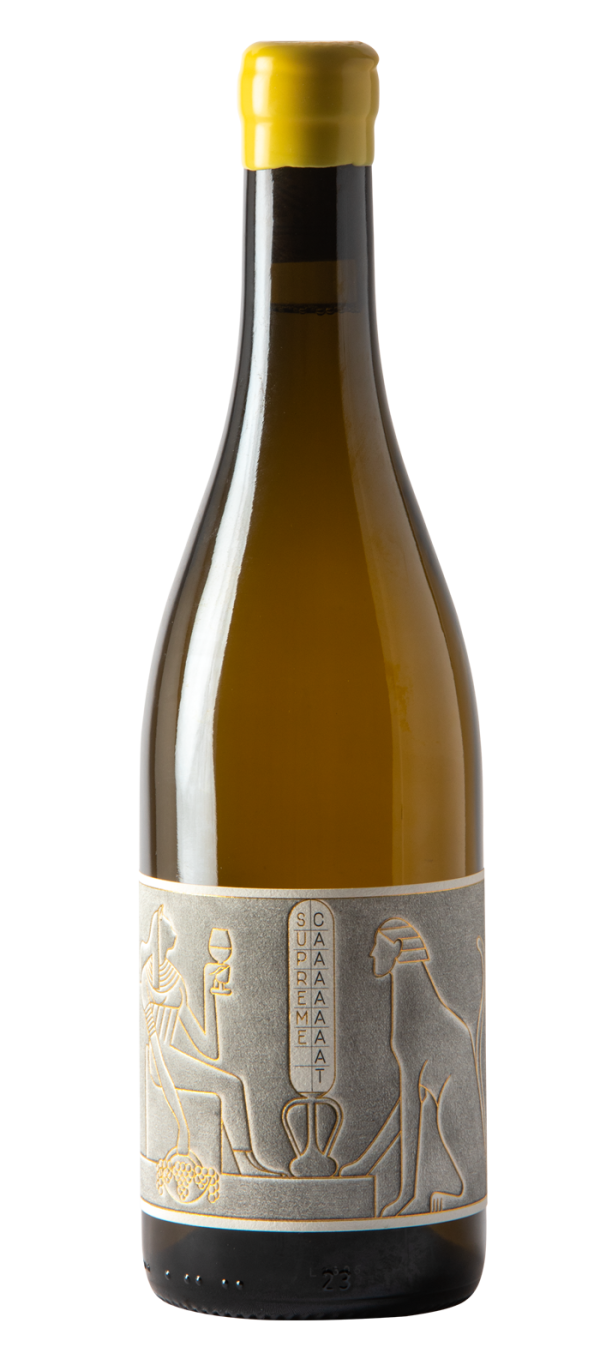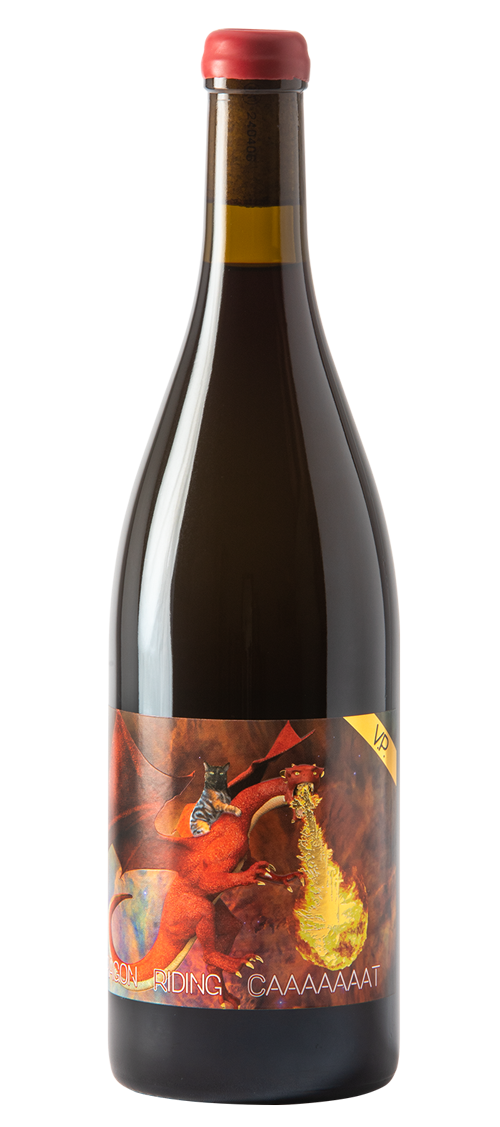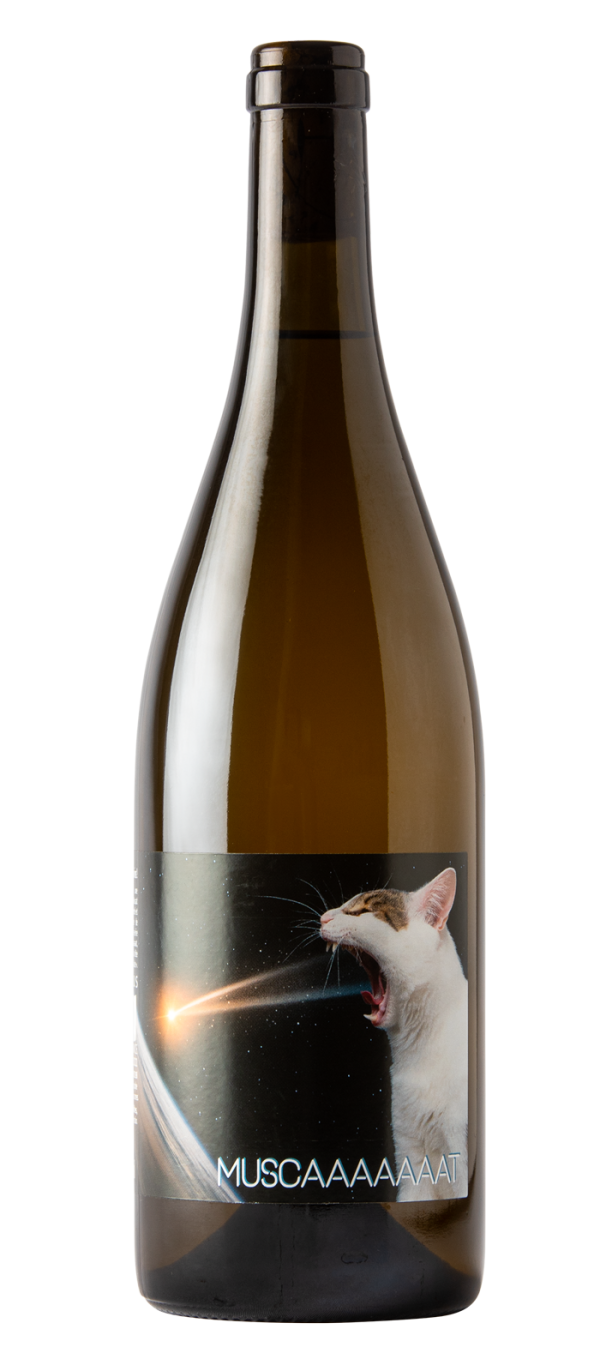Your cart is empty!
FAQ
“If they keep doubting, if they observe a lot,
and if they’re passionate about microbiology,
then one day, maybe, they’ll make a good wine”.
Jules Chauvet
Why cats in space?
First, because supernovas are spectacular interstellar explosions. They release gas and dust heated to millions of degrees, creating stunning colors. The blues and greens come from X-ray emissions released by gas heated in the violent shockwaves of the explosion. Red signals burning dust, and yellow? Young stars, both detected through infrared.
Second, cats are spatially special.
Which raises a question: are they aliens propelled from the edge of the galaxy by the explosion of the supernova Kitty Caaaaaaat?
Why is a natural wine at €5 impossible?
Making natural wine is like painting a Rembrandt. Yes, it is.
Natural wine takes time, energy, lower yields, and careful sorting of grapes to avoid unwanted bacteria and fungus, therefore overuse of… sulfur. All of that drives up the cost. It’s just logic.
The better the process, the more time it takes, the more it costs (even if we wish it were otherwise: “time is money” said the guy on the $100 bill). Caring for the land means more hands in the vineyard, more thoughtful organic treatments, careful sorting, gentle winemaking. It’s a different world: more financial resources, fewer environmental ones. In other words: it’s tough on your wallet, but kind to the Planet.
How long can you age CAAAAAAAT wines?
All of them: at least 3 years!
If you’re the patient, curious type, we recommend setting aside MusCaaaaaaat, Dragon Riding Caaaaaaat, Supreme Caaaaaaat, and Illuminati Caaaaaaat.
Go full wine nerd like us: taste one bottle every year for 10 years, and watch how it evolves.
Where are CAAAAAAAT wines made?
Each CAAAAAAAT wine is vinified, bottled, labeled, and packed directly at the cellar of our fellow winegrowers.
Can I order just one bottle?
Yes!
I don’t live in France, can I still buy your wines?
Yes and no! Thanks to our logistics partner (big love to them), we deliver throughout mainland France, Corsica, and several European countries.
If you’d rather talk to a wine shop owner, order our wine from a restaurant list, or sip it at the bar: check out our hideouts. We love our wine shop and restaurant friends.
For other countries, we sometimes have import partners… and sometimes not yet. Ask us, we’ll answer. And if you can help us find a new importer, we’ll send you a coooooool gift.
How can you tell a good / true natural wine?
If you’re into natural wine, you’ve already got a head start. Let’s go further, together, hand in hand, all that jazz.
Natural wine is a mindset. A way of life. It’s a reflection on how we live and our place on Earth. Natural wine is free, it shows up raw, without additives or corrections. It reveals itself with its strengths and its flaws (unlike humans, it doesn’t always have any!).
What is sulfur aka sulfites aka SO₂ aka E220 aka sulfur dioxide aka… (ok, stop)
Sulfur dioxide is a colorless gas. Its smell is strong in raw form but becomes subtle when dissolved in liquid.
All fermented products contain sulfur dioxide. It’s a natural result of fermentation. Sulfur is a preservative naturally present in fermented things.
Still with us?
In wine, we talk about sulfites. Even in wines with no sulfites added, you can find up to 20 mg/L (20 milligrams per liter), because sulfites are naturally produced by yeast during fermentation. That’s why “sulfite-free” wine doesn’t actually exist. We say no added sulfites.
And because sulfur / sulfites are a huge topic, we go deeper on the blog.
Our wines
-
Galaxy Caaaaaaat 2023
20,00 € -
Pyjama Caaaaaaat 2023
20,00 € -
Banana Caaaaaaat 2023
19,00 € -
Supreme Caaaaaaat 2023
35,00 € -
Dragon Riding Caaaaaaat 2022
69,00 € -
MusCaaaaaaat 2022
40,00 €
